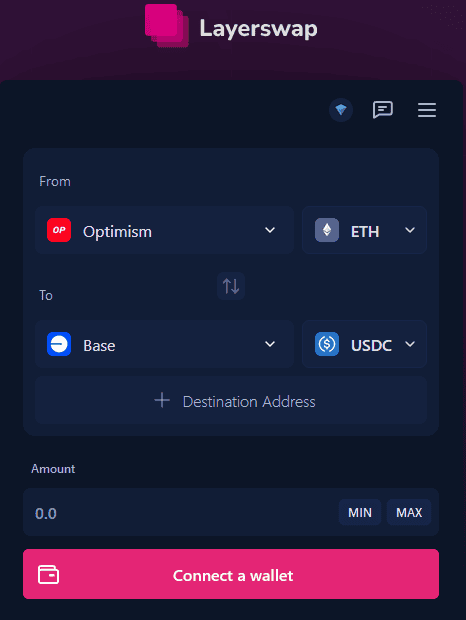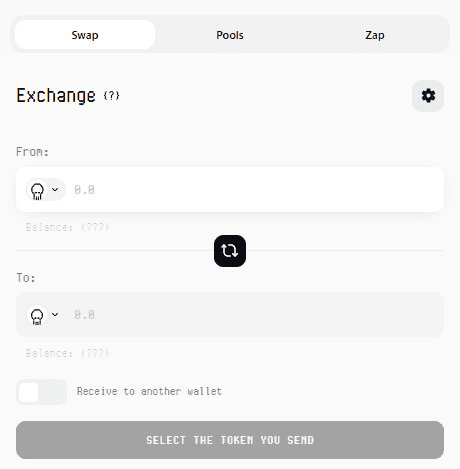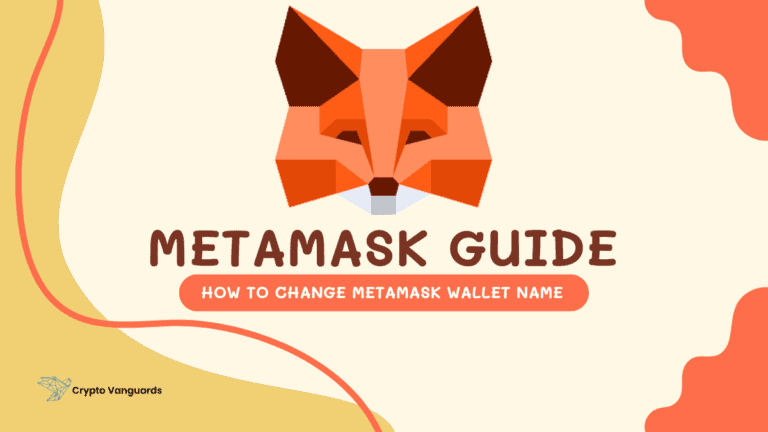Summary
Toncoin ($TON) is increasingly used across staking protocols, gaming projects, and Telegram-native apps. As a result, many users are now looking to bridge to TON Network to participate in its expanding ecosystem without relying solely on centralized exchanges.
Prerequisites
Before you bridge to the TON Network, make sure you’ve got the following essentials ready:
1. A Wallet for the Source Network
Use a wallet like MetaMask if you’re bridging from Ethereum or Binance Smart Chain. Confirm it’s funded and connected to the correct network before starting.
2. A TON-Compatible Wallet
You’ll need a wallet that supports the TON blockchain to receive your bridged assets. Tonkeeper is the most popular option and works well for storing Toncoin, interacting with dApps, or using Telegram-based bots.
3. Native Tokens for Gas Fees
Bridging into TON doesn’t require you to hold Toncoin upfront. You only need ETH (for Ethereum) or BNB (for BSC) to cover gas fees on the source chain. You can acquire ETH or TON for gas fees from Centralized Exchanges like Bitunix. If you’re ever bridging from TON back to Ethereum or BSC, then yes, you’ll need $TON to cover gas fees on the TON Network.
Note: You don’t need $TON to initiate the bridge into TON. However, once your assets arrive, you will need Toncoin to perform actions on the network, like sending tokens, interacting with dApps, or using Telegram-integrated features. It’s smart to grab some $TON in advance and hold it in your Tonkeeper wallet.
Step-by-Step Guide: Bridge to Ton via TON Network Bridge
The TON Network Bridge is the official gateway to move assets from Ethereum or BSC to the TON blockchain. It uses decentralized oracles for execution, ensuring trustless swaps.
Alternative Platforms
If you’re looking for an alternative way to bridge to TON, the following platforms offer broader token support or let you transfer assets from networks beyond Ethereum and BSC.
Layerswap
Layerswap supports bridges from Ethereum or BSC to TON but is known for occasional route unavailability. It functions as an aggregator and may redirect through third-party liquidity providers. It offers a familiar interface but lacks consistency in uptime.
Symbiosis
Symbiosis is a DEX-aggregator that supports cross-chain swaps across EVM and non-EVM chains, including TON. Its UI is clean, and real-time quotes help with transparency, but execution times vary depending on route complexity.
Security Considerations:
When bridging to TON, keep these precautions in mind:
- Bridge Verification: Always use bridge.ton.org, beware of spoofed domains.
- Stuck Transactions: Incomplete bridges may require manual claim steps or retries. Monitor the explorer links provided.
- Fee Sensitivity: If you notice you’re receiving far less than expected, review the bridge fee breakdown before finalizing the transaction.
If your TON tokens don’t appear after bridging, confirm that the wallet address was correct, and double-check on TON-based explorers before raising a ticket.
Bottom Line
Bridging to the TON Network gives users access to a rapidly evolving blockchain ecosystem that’s tightly aligned with Telegram’s user base. While the official TON Network Bridge provides the most direct and secure path, alternatives like Layerswap and Symbiosis can be useful when liquidity is thin or routes are congested. Once assets arrive on TON, users can explore DEXs, NFT platforms, or even Telegram-native dApps, all without leaving the chat interface.
FAQs
1. Can I bridge to TON from networks like Polygon or Solana?
Not yet. The TON Bridge currently supports Ethereum and BSC only. Additional networks may be added as interoperability improves.
2. Why is the received amount so much lower after bridging?
The fixed bridge fee (5 TON) plus a 0.25% transaction fee can significantly reduce smaller transfers. Gas fees on Ethereum or BSC also apply, making it costlier for transfers under $100.
3. What’s the best way to get Toncoin with fewer fees?
If cost-efficiency is your priority, buying $TON directly on a centralized exchange and sending it to Tonkeeper is often cheaper than bridging from other chains.





